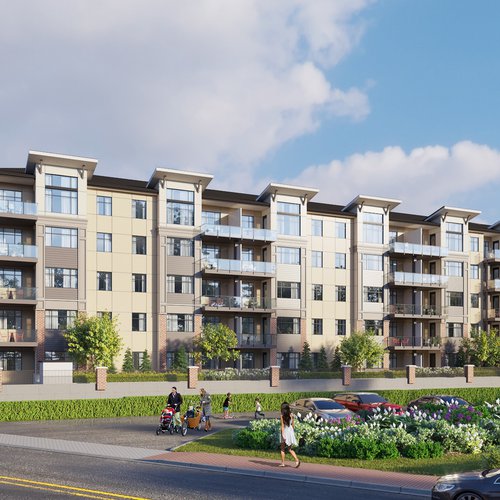Jan. 10, 2024
tags : categories: 3D Artist Resources , Property Development , Architects , Rezoning & Development Applications , AI
The integration of Artificial Intelligence (AI) in architecture has revolutionized sustainable design. AI-powered tools offer innovative solutions for energy efficiency, resource management, and environmental impact analysis. This article delves into ten such tools, discussing their advantages and limitations.
1. Autodesk BIM 360
Pros:
- Enhances collaboration among stakeholders.
- Simulates various sustainability scenarios.
- Optimizes energy efficiency and resource utilization.
Cons:
- Requires substantial initial training.
- High costs might be prohibitive for smaller firms.
2. Dassault Systèmes CATIA
Pros:
- Advanced design capabilities with a sustainability focus.
- Reduces material waste significantly.
- Improves building energy efficiency.
Cons:
- The complexity of the software requires skilled operators.
- Not specifically tailored for smaller projects.
3. Ecotect Analysis
Pros:
- Provides comprehensive environmental analysis.
- Helps in early-stage design decision-making.
- Improves thermal and light efficiency in buildings.
Cons:
- Limited to certain geographical locations.
- May not be compatible with all design software.
4. Kreo Design
Pros:
- AI-driven optimization for sustainable building design.
- Lifecycle analysis for material efficiency.
- Easy integration with existing BIM models.
Cons:
- Learning curve for new users.
- Relatively new in the market, so less user feedback.
5. Arup’s MassMotion
Pros:
- Advanced simulation of pedestrian movement.
- Enhances urban space efficiency.
- Contributes to sustainable urban design.
Cons:
- Requires high-end hardware for optimal functionality.
- Focused more on urban planning than individual building design.
6. Spacewell
Pros:
- Optimizes building operations using AI.
- Reduces energy consumption and carbon footprint.
- Real-time monitoring and control.
Cons:
- Integration with existing systems can be complex.
- High dependency on sensor data quality.
7. AI Studio by Spacemaker
Pros:
- AI-driven land use and layout optimization.
- Enhances livability and sustainability in urban design.
- Comprehensive environmental data analysis.
Cons:
- Targeted more toward urban planners than individual architects.
- The complexity of data can be overwhelming for beginners.
8. TestFit
Pros:
- Real-time building configuration solutions.
- Energy-efficient and sustainable layout design.
- User-friendly interface.
Cons:
- Limited to certain types of buildings.
- May not cater to highly customized design needs.
9. PlanIT Impact
Pros:
- Focuses on the environmental impact of designs.
- Offers insights into energy, water, and carbon footprints.
- Helps in achieving sustainability targets.
Cons:
- Requires detailed input data for accurate analysis.
- May have a steep learning curve for some users.
Conclusion
AI-powered tools are indispensable in modern sustainable architectural design, offering a range of solutions from energy efficiency to urban planning. While they come with certain limitations, such as cost, complexity, and the need for specialized training, the benefits they provide in terms of sustainability, efficiency, and innovation are substantial. As technology evolves, these tools will become even more integrated into the fabric of architectural design, pushing the boundaries of what is possible in sustainable architecture.










